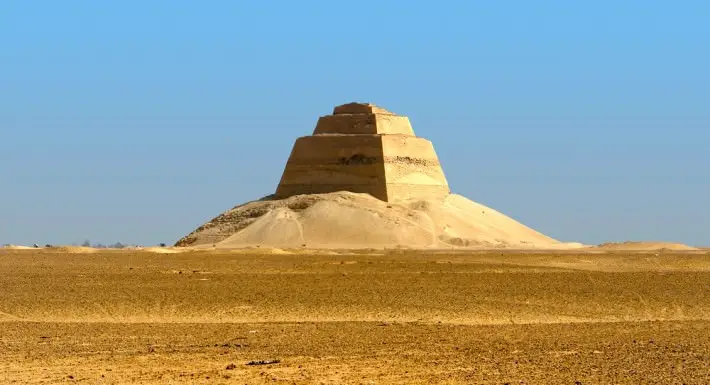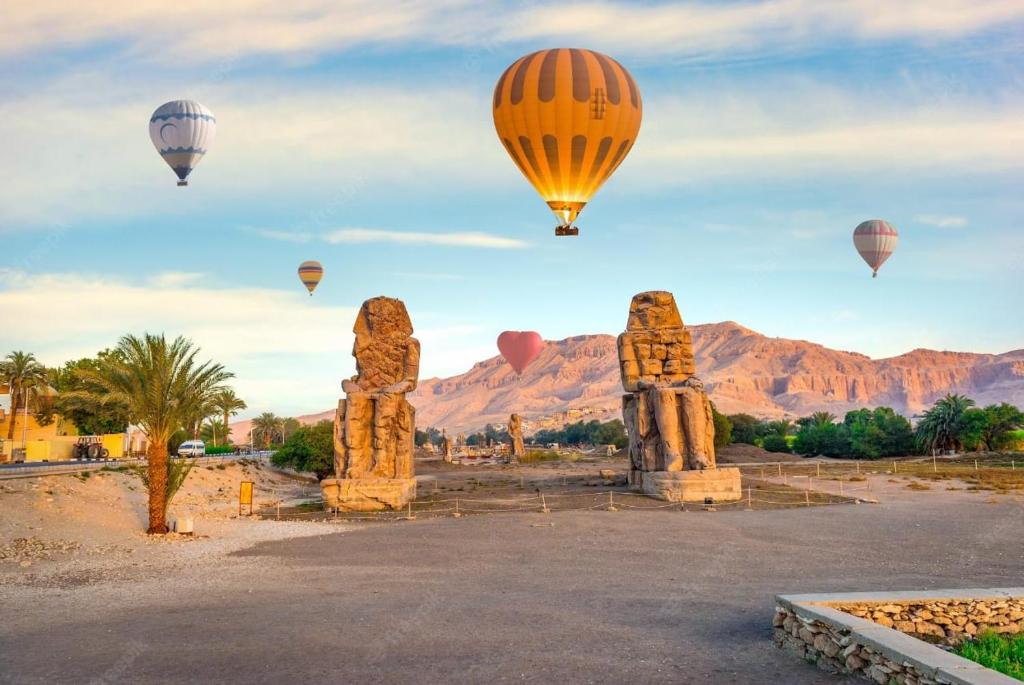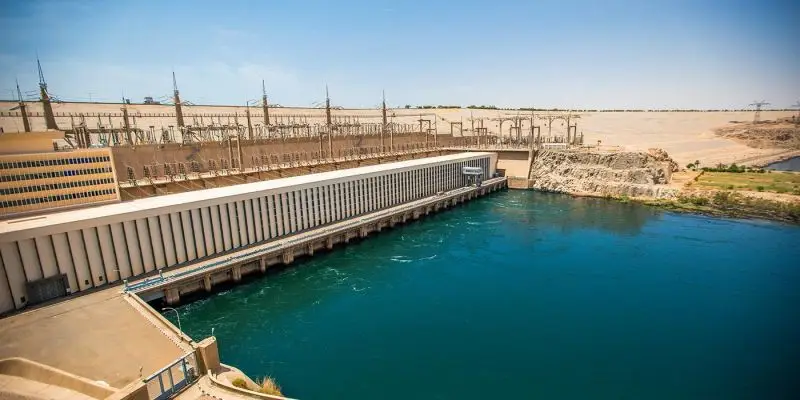The Medium Pyramid stands as one of Egypt’s most intriguing and lesser-known pyramids, yet it carries immense historical and architectural significance. Located in the ancient city of Medum, this pyramid is a testament to the early developments of pyramid construction and a glimpse into the grandeur of Egypt’s Old Kingdom. Its hauntingly incomplete structure and the secrets it holds continue to captivate archaeologists and visitors, making it a must-see for history enthusiasts eager to understand Egypt’s evolution in monumental architecture.
The History of the Medium Pyramid
Built during the reign of Pharaoh Senusret III of the Middle Kingdom, the Medium Pyramid dates back to around 2620 BCE. Originally conceived as a full pyramid, its design was halted early in construction due to various political or economic reasons, leaving it incomplete and giving it the nickname “The Hollow Pyramid.” Over the centuries, the pyramid has witnessed earthquakes and erosion, yet its core structure remains a vital link to Egypt’s early architectural innovations.
How Was the Medium Pyramid Built?
The construction involved traditional techniques of large limestone blocks carefully cut, transported, and assembled by thousands of laborers. The pyramid initially started as a stepped structure, a transitional form between the early mastaba tombs and later majestic pyramids. The builders faced challenges like uneven terrain and resource limitations, which likely contributed to the project’s early abandonment. Recent excavations have revealed the layered construction process, illustrating Egypt’s rapid technological advancement.
Location and Architectural Features
The Medium Pyramid is situated in the desert near the ancient city of Medum, south of Cairo. Its outline measures approximately 105 meters (344 feet) at the base with a height of nearly 70 meters (230 feet). Unlike the perfect geometrical classic pyramids, its sloped sides are uneven, and much of the outer limestone casing has eroded. Its interior contains burial chambers and corridors, providing insight into the early use of pyramid complexes before the construction of the Giza pyramids.
What Makes the Medium Pyramid Unique?
What sets the Medium Pyramid apart is its role as a transitional monument showing a shift from primitive mastaba tombs to the full pyramidal shape that Egypt’s pharaohs later perfected. It reflects technological experimentation and the social complexities of the Old Kingdom. Its incomplete, weathered appearance evokes a sense of mystery and ancient ingenuity, making it a symbol of Egypt’s pioneering architectural spirit.
Fascinating Facts About the Medium Pyramid
- It was part of the pyramid complex built by Pharaoh Senusret III and his successors.
- The pyramid’s incomplete structure suggests early experimentation with pyramid design.
- It was originally intended to be covered with smooth, white Tura limestone casing stones.
- The interior contains a small burial chamber, evidence of its initial purpose.
- Recent studies suggest it influenced the later development of pyramid architecture, including the famous pyramids of Giza.
Conclusion
The Medium Pyramid embodies Egypt’s pioneering spirit in monumental architecture and remains a vital archaeological treasure. Its mysterious incomplete state invites explorers and historians to ponder the ingenuity and ambition of ancient Egyptian civilization. Visiting this site offers a unique opportunity to step back in time and witness the formative stages of Egypt’s iconic pyramidal legacy.




